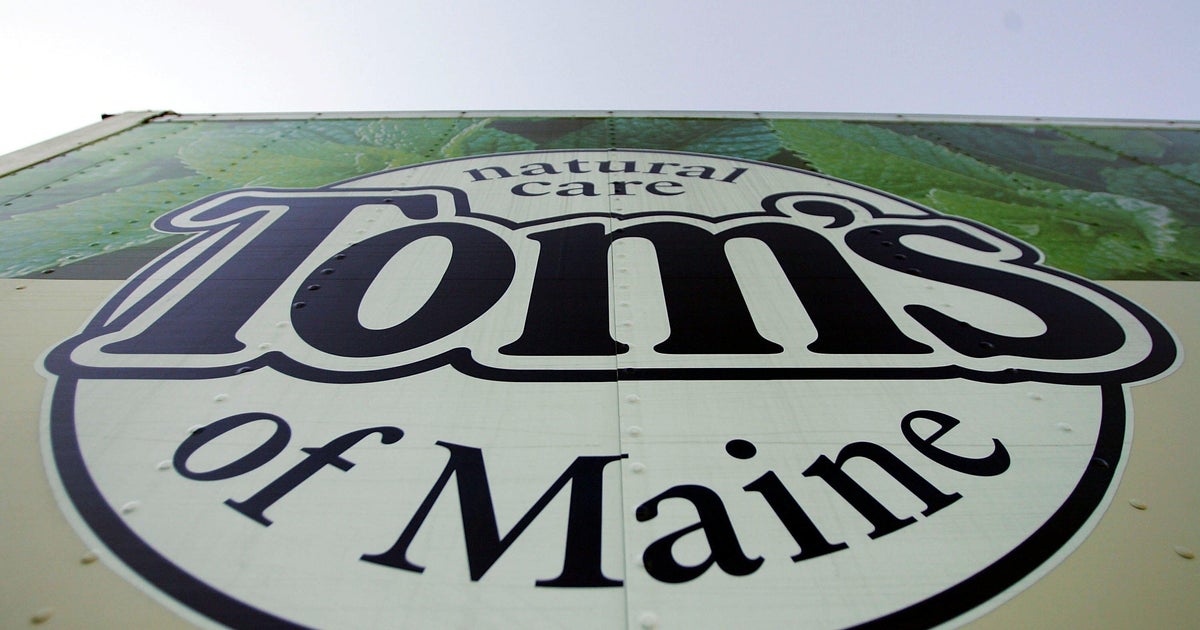Proposing? Here's how much a lab-grown equivalent to a natural diamond costs — and why.
More consumers are gravitating toward man-made diamonds for their striking similarity to natural rocks and their relative affordability.
In 2015, sales of lab diamonds made up less than 1% of all global diamond sales for jewelry. Today, the share is closer to 20%, according to industry data from Paul Zimnisky Diamond Analytics. Growing demand also reflects mounting concerns about the impact of diamond mining on the environment and exploitation of low-wage workers, especially in conflict zones where illicit gems are used to fund wars.
More recently, countries including the U.S. have imposed sanctions on diamonds from Russia, the world's largest producer of uncut stones, over its war against Ukraine.
With demand increasing, more producers are entering the lab diamond market and prices are dropping even further. In 2023, loose, lab-grown diamond sales soared 47% compared with one year earlier. Over that same period, their average retail prices dropped 20%, according to data from Tenoris, a jewelry industry analytics company.
"I am all for lab-grown — they are great for the environment and wallets," Mehul Sompura, CEO of Diamond Hedge, a diamond price comparison tool, told CBS MoneyWatch.
The cost savings on lab-grown, or man-made diamonds — as opposed to the naturally forming variety, are significant. Take, for example, a 1-carat princess-cut diamond. A natural stone would cost roughly $2,500, versus about $500 for a same-quality lab-grown equivalent, Sompura said.
Flooding the market
"Prices of lab-grown diamonds are falling. The reason is because of simple supply and demand. So many manufacturers are coming out and flooding market with them, which is causing prices to dive," Sompura told CBS MoneyWatch.
Man-made diamonds can take as little as a few weeks to produce, versus the billions of years it takes for a diamond to form naturally.
There are two main methods by which diamonds are made in labs. Big factory press-like machines use extremely high pressure and temperatures to press pure carbon, which eventually crystalizes into a diamond.
The other method requires a slice of a real diamond, and uses microwave-like technology to bake and grow the natural diamond's DNA.
As a rule of thumb, man-made diamonds on average sell for about 10% the cost of natural diamonds. A year ago, they cost about 20%-30% of the price, according to Diamond Hedge.
A natural 2-carat, round-cut diamond with a high-quality color and clarity rating costs about $13,000-14,000, whereas the equivalent lab-grown diamond sells for about $1,000, according to Sompura.
Lab techniques allow consumers to purchase bigger rocks, or save money on modest sizes.
"Most people can't afford a two-thousand dollar ring. It makes proposing more affordable for consumers, which is fantastic," Sompura said. Of course "they still have to pay for the wedding," he added.
They also eliminate some of the anxiety around potentially losing a pricey piece of jewelry.
"If you lose it, it's not going to ruin your life," Zimnisky told CBS MoneyWatch.
No resale value
To the naked eye, lab grown and natural diamonds appear identical.
But lab diamonds have virtually no resale value, according to Zimnisky and other experts.
"If you go to a gem laboratory, you can distinguish between a natural and man-made diamond, and that's why the price differential is so wide," Zimnisky said. "For the most part, it's difficult to distinguish between the two, but it has to do with impurities, and with a microscope you can see growth patterns."
"You won't get your money back, that's the main problem," noted Sompura.



